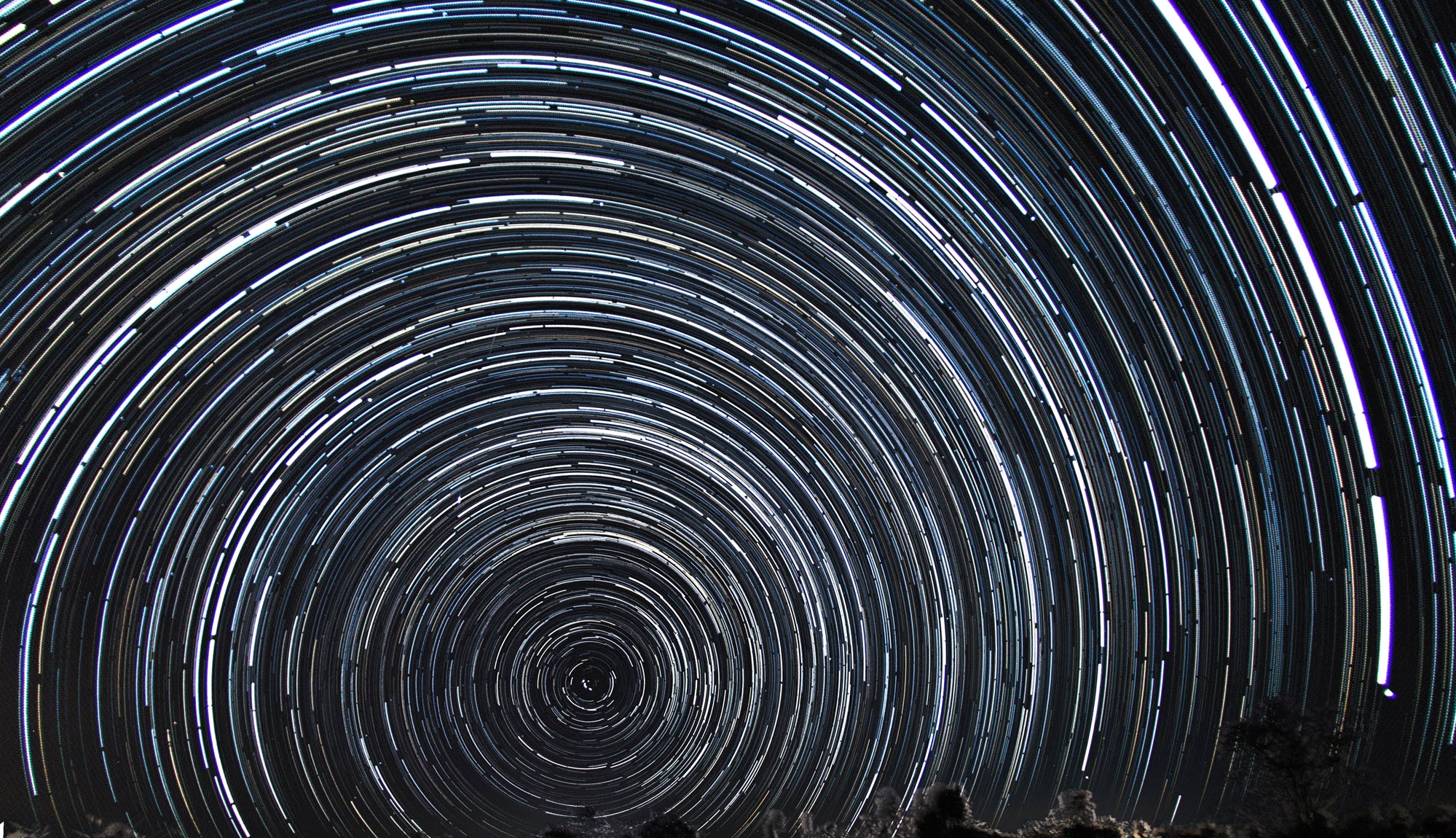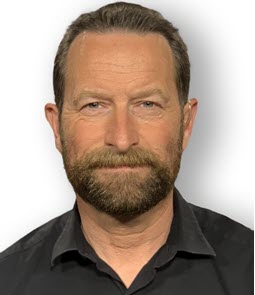
When do you get your best ideas?
It’s a question Duncan Wardle often ponders.
Wardle is the former head of innovation and creativity at the Walt Disney Company who left to start his own company to help other companies learn to innovate better. So good ideas are essentially his business.
“When do people get their best ideas? They usually say, shower or driving or walking or in the bathroom or jogging, maybe mowing the lawn,” Wardle said. “Do you know how many people say they get their best ideas when they’re at work?
“Nobody. Not one person.”
Solving this particular problem also is Wardle’s business; solutions he’ll be sharing as part of the closing session at the ASCE 2022 Convention, Oct. 23-26, in Anaheim, California.
Wardle spoke recently with Civil Engineering Source about his Innovation Toolkit and why your river of thinking might need a refresh.

Civil Engineering Source: Can you tell us about what your Innovation Toolikit entails?
Duncan Wardle: I was with Disney for 30 years, and I was like a kid in a candy store. For the first 20 years. I got to help Lucasfilm, Marvel, Pixar, etc. basically stop thinking the way they always do and come up with big new ideas.
And about 10 years ago I was asked by Bob Iger [chair and CEO of Disney] to head up innovation and creativity. He said, “We want to imbed a culture of innovation and creativity into everybody’s DNA.” … So, I set out to create a toolkit that does three things. One, take the mystery out of the word innovation, because it’s the most overused word on the planet. Nobody really knows what it means. It’s intimidating. So, I wanted to take the intimidation out of innovation. Two, I wanted to make creativity tangible for the people who hate ambiguity and gray. And three, I wanted to make the process fun.
Now, I was with Disney for over 30 years – over 30 magical years of service. I kind of looked around and said, “I love it, but I’ve got to do something else.” And I found a gap in the market and here is the gap – and it’s been accelerated in a post-pandemic world. We are being asked by our c-suites: “You must innovate, you must think differently, you must be brave.”
And all of us, the normal people, are thinking, “How do we do that?” Nobody’s showing people how.
So again, I’ve just used a toolkit that makes innovation easier for people, creativity tangible, and the process fun. In short, it’s innovative tools and creative behaviors. And I would argue that creative behaviors eat the innovation tools for lunch. If we don’t get the behaviors right, the tools won’t work.
Source: So what do you think is more important then, having an innovative outcome or an innovative process?
Wardle: It’s culture first and everything else will follow. I read an article a few years ago that said, “Quarterly results first; culture will follow.” I vehemently disagree.
And here comes Generation Z, and what’s the biggest challenge facing corporate America the next decade? They don’t want to work for you. Why? Because they believe in purpose; you’re driven by profits and quarterly results.
That is the biggest single culture clash in the workplace the next 50 years: a generation that’s more about what you stand for and less about quarterly results, and yet your leadership team is still driven by quarterly results. So, how are you going to marry that?...
Boomers don’t get it, Generation X vaguely don’t get it, and guess who’s leading our industry today? The boomers and Gen X.
Source: So if the most important step toward innovation is culture, what are the biggest impediments to establishing that innovative culture?
Wardle: Most people will tell you “I don’t have time to think” is the number one barrier. And that’s a good one, but I would argue that it’s actually what I call our river of thinking. So what’s a "River of Thinking?"
My river of thinking is on the entertainment industry – very fast, very wide, and very deep and allows me to make quick and informed decisions, as does yours in the industry in which you work.
But we are being tasked with getting out of our "River of Thinking" quicker and faster, because of the level of disruption that’s coming. But nobody is giving us the tools to do it. My job now is to equip people with basic tools that enable them to stop thinking the way they always do and slightly pivot and think differently.
So, for example, how, by simply re-expressing a challenge, can I stop you from jumping in your "River of Thinking" and think differently? Walt Disney created it on July 17, 1955, when he opened the doors to Disneyland. He said, “We will not have any employees or customers; we will only have cast members and guests.” And with that simple re-expression of the relationship between the customer and employee and the cast member and guest, Walt created a level of hospitality that’s rarely been repeated since.
So simply by re-expressing, we get out of our "River of Thinking" and think differently. And that tool is very powerful.
Learn more about the ASCE 2022 Convention and register to attend.



